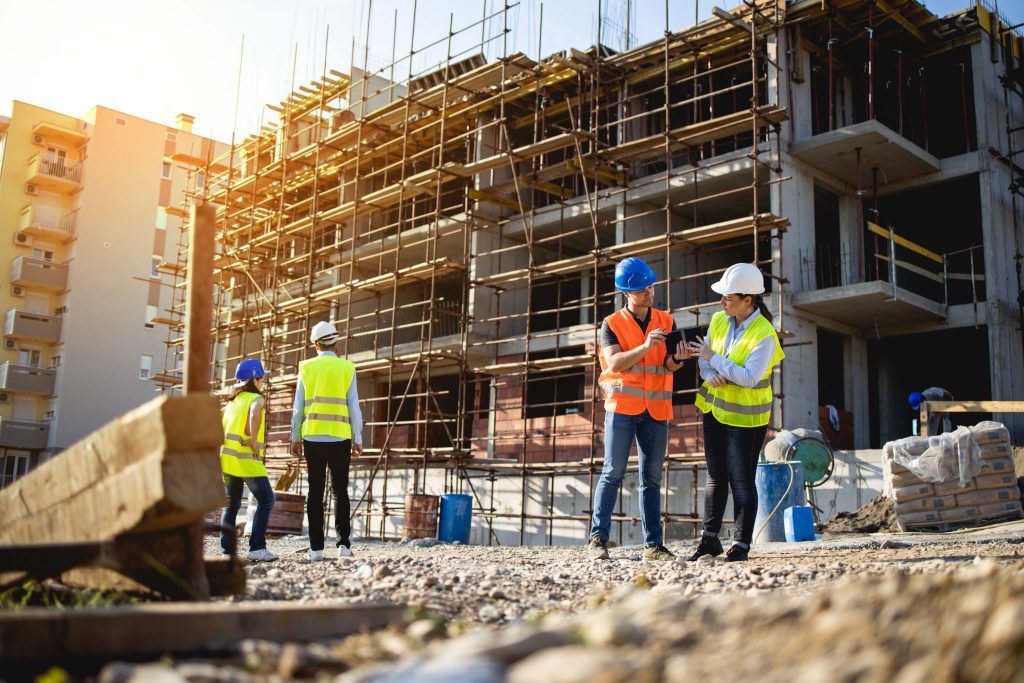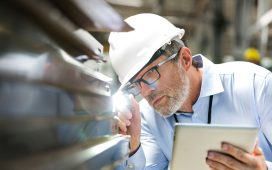
Construction work sites are inherently dangerous places of work. Mild to severe accidents, injuries, or ill health cases are commonly seen in these workplaces. These unpleasant incidents if not taken into care seriously and on time can lead to life-long ailments or even deaths.
Employers and supervisors must be more diligent on such worksites when it comes to protecting the health and safety of their staff members.
This blog post, there will explore the key safety and health hazards in construction workplaces and what preventive approaches can help minimize the health risks.
Why is It Important to Maintain Construction Safety?
There are nearly 2,000,000 who suffer from illnesses due to the working environment in the UK alone.
An inappropriate work environment or ill health scenarios can have a huge impact on a business in terms of the lives of its employees and legal and moral ramifications. When talking about construction work sites, these illnesses, and ill health significantly impact workers’ productivity, increases sickness absence, and lost working days.
This requires serious actions from employers to take whatever steps possible to protect their workers’ well-being and ensure a safe place of work.
The Key Areas of Safety to Look for on a Construction Site
Below are the key areas to look for when it comes to maintaining safety in construction workplaces:
1. Working at Height Safety Procedures
Among the most common citations issued on a construction site, working at height is the most dangerous one. The major reasons for these accidents occurring are the lack of fall protection measures and written policies for individuals working at height.
The Work at Height Regulations requires employers to have the necessary control measures in place to ensure safe working with ladders, scaffold, harnesses, or other height work activities.
2. Providing Clear Instructions
Employers are required to provide clear instructions to the employee new and old to make them familiar with the work environment and the hazards linked to it. These induction or on-site training sessions could be everything from fire safety training to first aid training, IOSH managing safely to personal protective equipment, and so forth.
3. Using the Right Personal Protecting Equipment
Employers and their staff should never forget the importance of wearing the right protective equipment in an environment that is more prone to accidents and injuries. Providing the right PPE to workers can help minimize the risk of severe injuries or major fatalities.
Some common examples include; gloves, safety glasses, knee pads, boots, coveralls, eye protection, earmuffs, hard hats, etc.
Other types of personal protective equipment depend on the type and nature of the work, a worker is involved in; however, wearing them is a must to avoid uncertain hazards.
4. Handling Hazardous Substances & Dangerous Chemicals
Working with and around dangerous chemicals is also one of the common health hazards in construction workplaces. Hazardous materials can come in numerous ways at work including cleaning products, chemical spillage, or hazardous dust.
Employers need to ensure that their staff is familiar with hazardous substances regulations and that proper COSHH guidelines are followed at work to minimize the risk.
5. Keeping the Workplace Tidy
Maintaining a neat and clean workplace is also a significant safety tip that can help minimize the risk of dangerous accidents or injuries. An untidy workplace can result in various hazards like slips, trips, falls injuries, electrical hazards, or even fire hazards. The common reason may include objects stuck in the passage, electrical equipment left unattended, or not storing the waste or combustible material properly.
6. Having an Emergency Response Plan
Having an appropriate emergency plan in the workplace helps employers inform their workforce of the vital steps to take in an emergency. It also helps them examine whether the safety measures are effective against disastrous situations or not.
7. Reporting Issues Immediately
Employers and their staff should also never underestimate the importance of reporting incidents or near-miss situations. It helps identify potential risks and implement proactive approaches against accidents, injuries, or ill health at work.
In Addition
Maintaining health and safety does not fall on one person but it’s a mutual effort that requires both employers and their employees to take reasonable actions to identify risks and maintain a safe and secure workplace.
Employers failing to meet legal requirements and employees not paying attention to the instructions given by their managers can lead to serious penalties.
Bottom Line
Health and safety risks are present in almost every work environment, construction work sites are no exception. Employers have a legal responsibility towards their staff members to implement necessary actions and vital control measures to identify and mitigate construction site hazards.
This piece of content has covered some of the major areas where health and safety risks can occur and safety tips that can help ensure a safe and secure working environment.










